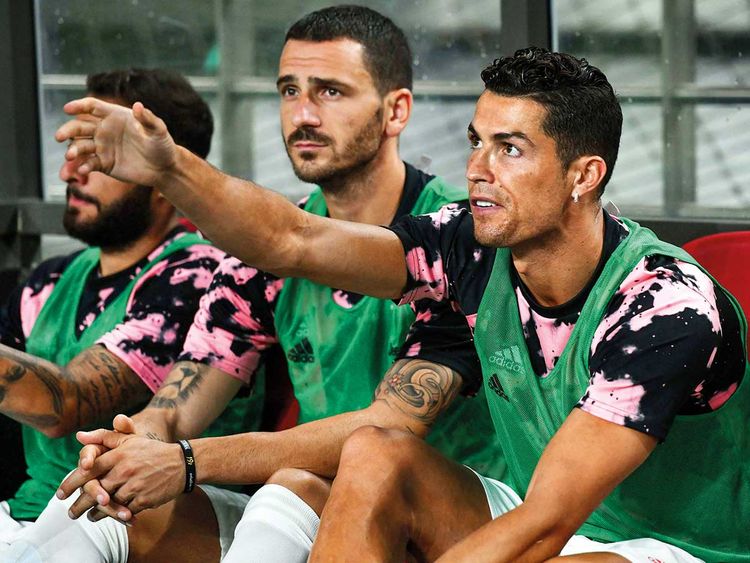 |
| Juventus’ Cristiano Ronaldo on the bench during the friendly football match |
Football fans in South Korea are planning
to sue Italian soccer club Juventus and its star player Cristiano Ronaldo. Over
2,000 fans want compensation after Ronaldo failed to play in a pre-season
friendly against an all-star K League team.
Juventus signed a contract to play Ronaldo
for 45 minutes of the game, but he stayed on the subs bench and did not even
lace up his soccer boots.
Many fans at the game switched from
chanting Ronaldo's name to chanting the name of his great rival Lionel Messi.
There were also boos around the stadium. A fan wrote: "He betrayed the
60,000 audience and belittled us. I'm no longer a Ronaldo fan."
The angry fans are now seeking
compensation. They have gone to a law firm in South Korea's capital city,
Seoul. They want Juventus to return their $60 ticket price and pay $850 to each
fan for the "mental anguish" they suffered because of Ronaldo's
no-show.
A-Please ask questions so as to get the underlined
answers
1. Juventus bus arrived at the venue 15 minutes after the match was supposed
to start,
2.
Football fans in South Korea are planning to sue Italian soccer club Juventus and its star player Cristiano Ronaldo.
3. Many fans at the game
switched from chanting Ronaldo's name to chanting the name of his great rival Lionel Messi.
4. Representatives from Juventus will visit
Korea this week to apologize for the
incident.
5. Since the no-show match,
disappointed fans have been voicing their anger at Ronaldo on social media.
B. Fill in the blanks with one of the following linkers,
without repeating any
Anyway
- As
- Although - Due
to -
However - In spite of
- Since
1. The League All-Stars was scheduled to
start at 8:00 p.m.
__________________ the kick-off
was delayed about one hour because the Italian team arrived at Seoul World Cup Stadium at
8:15 p.m.
2. __________________
Juventus arrived late, they asked to play
40 minutes in each half, not 45 minutes. It also wanted a shortened half-time
break, from 15 minutes to 10 minutes.
3. __________________ the advance publicity, Ronaldo, didn’t
play citing muscle fatigue and exhaustion.
4. Local law firm Myungan said those who
purchased the expensive tickets were not treated in the way they expected __________________Ronaldo's absence from the field.
5. A lawyer told Reuters
that normally fans get their money back for their tickets, but this is "a
special case _______________ the agency that organized the match took advantage of the
football star's fans through false advertising
C. Please fill
in the blanks with the word in parenthesis
Ronaldo, who ________________________
(play) for Juventus since 2018, _______________________(spend) the entire game
on the bench to the dismay of many of the 66,000 fans . Many of them ______________________
(boo) as they _____________ (see)
Ronaldo on the big screen sitting on the bench and eventually __________________________
(leave) the stadium during the second
half when they _____________ (lose) hope that he would compete in the match.
The K League says that
they _____________ (feel) "indignation and disappointment,"
when they _____________ (find) out that Ronaldo would not take part 10 minutes
into the second half.
According to Juventus
chairman Andrea Agnelli his club _____________
(do) nothing wrong because Ronaldo _____________(be not) 100% fit
due to muscle fatigue.
From BBC (edited)


















